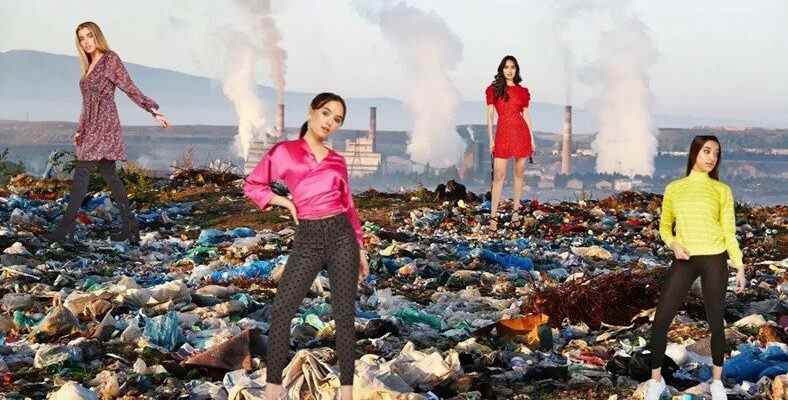Many of us have clothes in our closets that we probably bought on a whim but never wore or will ever wear. In fact, some of us may even have clothes in our closets that were once fashionable but are now irrelevant to wear. The consumption frenzy of the capitalist times has unfortunately also taken over the clothing industry, and the end of this madness brings waste. Here is everything about the waste in the clothing industry and the consequences of this waste…
We can say that the wheel of the clothing industry turns with fashion. This is that every year a different style of clothing becomes fashionable and the clothing industry starts to produce trendy clothes because it knows that this popularity will bring it more. As such, people instantly with pleasure and appreciation After a while, they don’t wear the products they buy.
Some are even just fashionable or not. shopping, i.e. consumption Because he is addicted, he can buy more products than he needs. Many people do not know what is going on behind the waste in the textile industry. What happens to the clothes we don’t wear, which are now garbage for us? What are the consequences of excessive production of clothes, caused by the need to consume more than necessary? In short, why all this waste of clothes? Let’s take a look at the answers to these questions.
If we look at the issue from the point of shopping spree;
Most people can buy clothes that they may never wear in their life or that they will wear once and toss aside. In fact, according to a study by Sophie Woodward, a sociologist at the University of Manchester, the women participating in the research, the clothes in your wardrobe on average 12% are not actively used. This means that the participants do not wear these clothes properly at all.
Studies have shown that approximately 85% of all waste textile products in the USA are thrown away or burned. It is even estimated that the average American throws away about 37 kilos of clothing each year. Looking at global rates, an estimated 92 million textile products are turned into waste each year. So if you ask what these rates mean, every second rubbish waste of truckloads of clothes we can say.
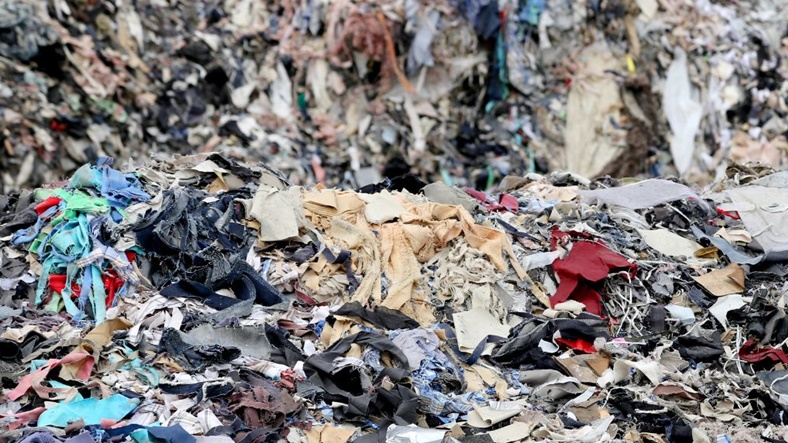
It is believed that these wastage rates in textiles will increase to 134 million by 2030. specific to Turkey When we look at it, the situation is still not encouraging. In the 2018 Waste Report published by the Ministry of Commerce, it is seen that 60% more clothing is produced per person than 10 years ago in Turkey. These figures show us that people consume more clothes than they need.
Research conducted in Turkey, consumers’ shopping their motivations, reveals that only 51% is need-oriented shopping. In other words, 49% of consumers shop without need, in light of different motivations. The amount spent on fashion products in a year in Turkey is approximately 6 billion. As you can see, this figure corresponds to the amount of waste that could feed many poor families.
The main motivation that triggers consumption; changing fashion sense.
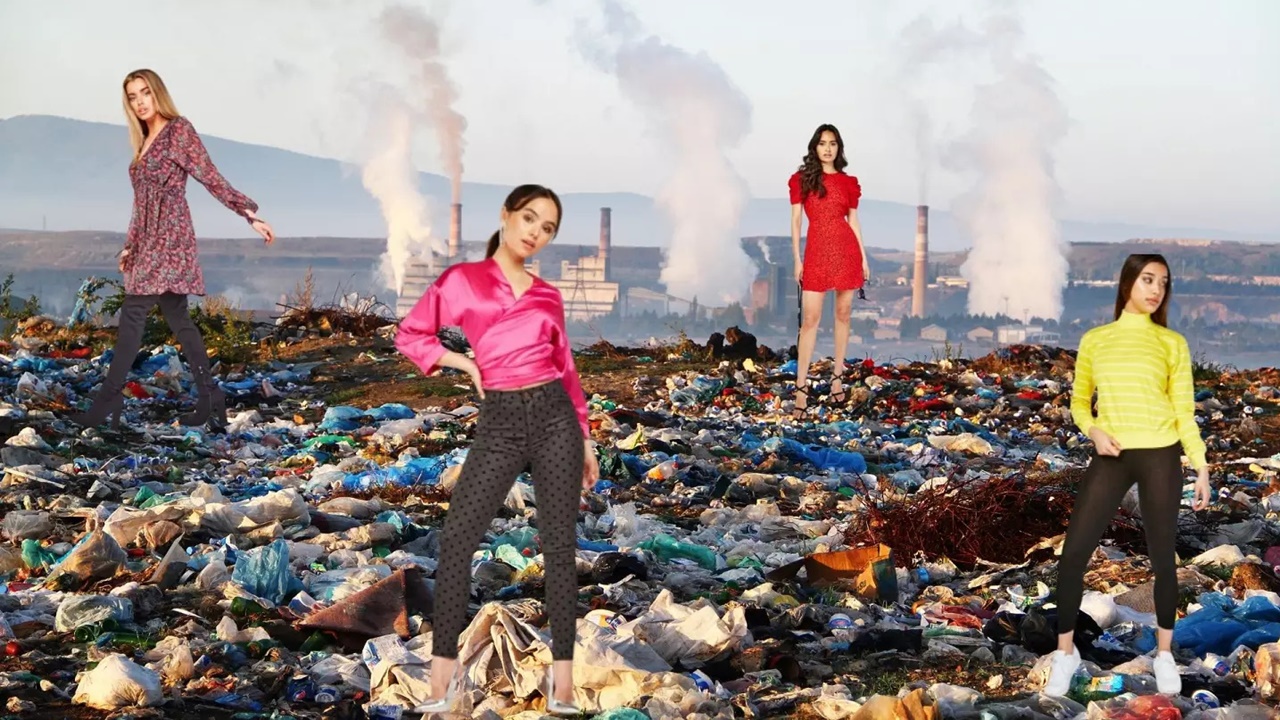
The release of a new product; It causes the product to be better than before and at the same time to make that product fashionable. Sustainable textiles The academician, Chetna Prajapati, criticizing the current fashion system; He says this system only produces garments that are popular for a short time, resulting in the use of high-volume resources such as non-renewable oil.
As a result, as mentioned above wasteful For many reasons, many clothing items are largely wasted or incinerated. At the same time, Prajapati adds to his criticism that the fashion frenzy also consumes valuable resources such as water, which leads to environmental pollution and disruption of ecosystem balance.
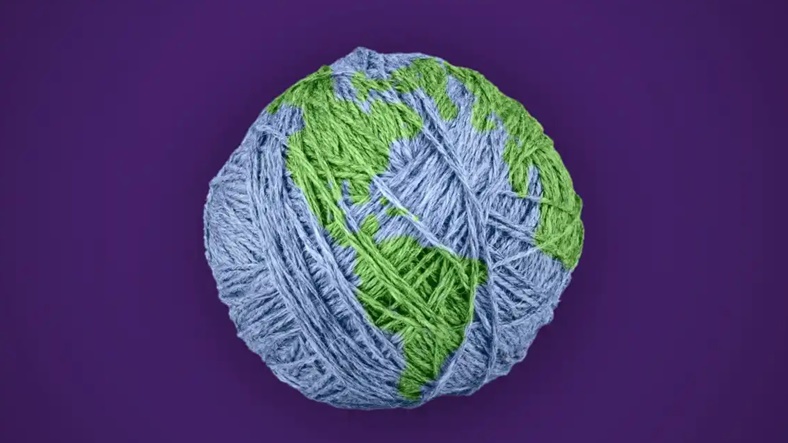
Let us now give you more concrete examples of the damage the fashion industry is doing to the environment around the world. The fashion industry greenhouse gas emissions Responsible for 10% of (the amount of greenhouse gases in the atmosphere). Since it is known that water is needed for clothing production, we would like to draw your attention to the fact that this sector is responsible for 20% of the waste water. The essence of the word; It is dangerous for all living creatures that fashion is constantly changing, always trying to produce the best, and people’s desire to always have the ‘best’ and more harming our world.
Alternative approaches to avoid waste: donation, recycling or sustainable textiles. So do these really work?
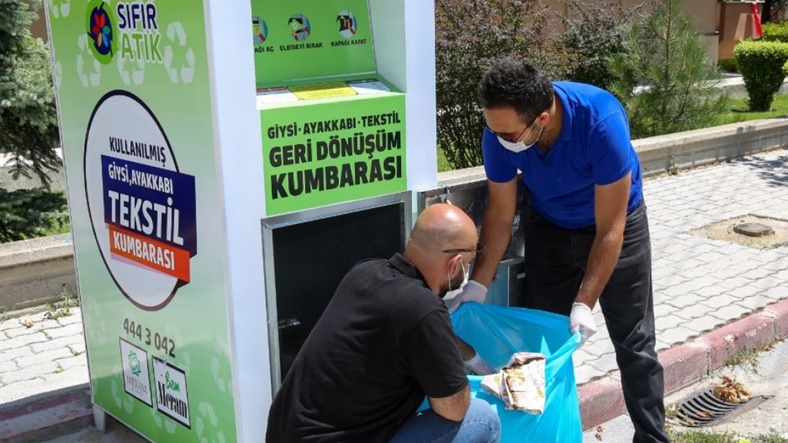
The material used for global clothing only 12% of Considering the fact that it is recycled, of course, we question whether these methods really work. In the USA, 66% of paper, 27% of glass and 29% of plastic are recycled, while textiles is far behind these rates.
For example, recycled polyesters used by famous brands mostly old clothes It consists of waste bottles. Another overlooked aspect of the issue is that many of the clothes we wear use different materials in their manufacture and cannot be easily separated from each other so that they can be recycled.
Explaining this issue with a good example, Academician Prajapati says: “For example, a 100% cotton T-shirt and a polyester shirt. label and sewing The yarns required for this product contain different components from each other. In order for you to recycle them effectively, you need to manually sort these components into different fibers (the very thin and long piece that makes up all kinds of substances, the fine threads obtained from natural materials such as animals, plants, minerals) and material types, which is labor-intensive. whether…or. So remember that you need a skilled workforce for this.”
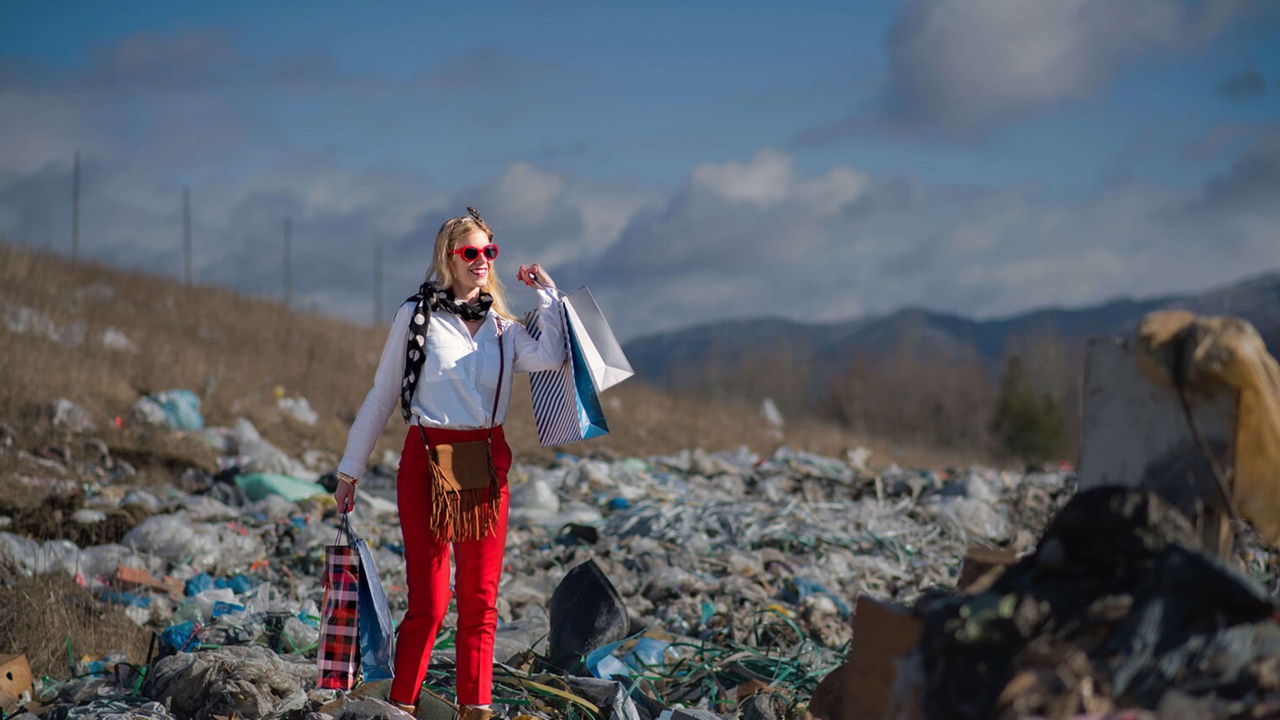
Other popular ways to dispose of old clothes without wasting them are markets where second-hand clothes are sold or charities where clothes can be donated. Even the export surpluses of the brands are in these markets. to lower wages can be sold. Or, these products, which are donated to some non-governmental organizations, can be sold by the organizations to recycling factories, so that the institutions can obtain funds for their communities. Of course, these methods are still not solutions that prevent the purchasing demand of the consumers and the production of more clothes by the manufacturers in response to this demand. After all, the wheel of capitalism is always turning.
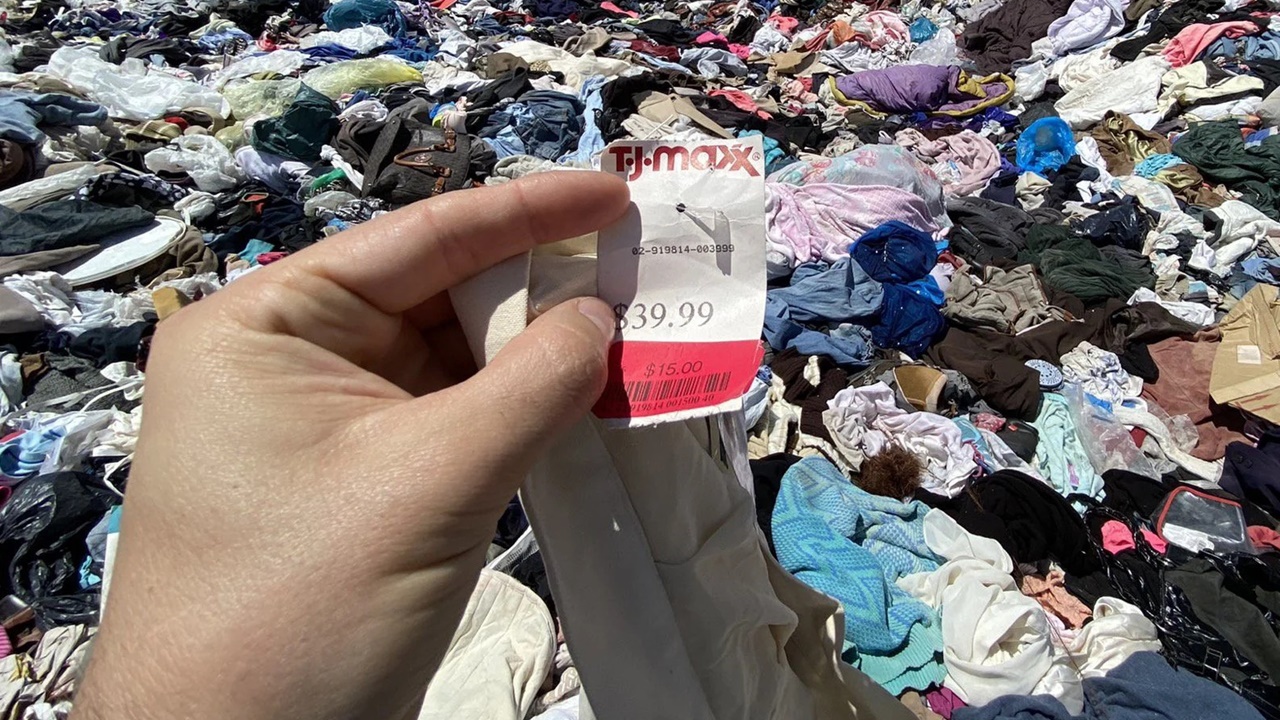
At this point, we can talk about the need for a sustainable approach to come into play. For such an approach to be effective, of course, fundamental changes must be made in the clothing industry. For example, it will facilitate the recycling of fabrics, clothing and fibers. a technology has to step in.
Prajapati above, to recycle clothes We mentioned that you mentioned that it is not that easy. The researcher states that in order for sustainable clothing to be possible, a perspective that will facilitate recycling should be adopted at the design stage of clothing. As an example of his thoughts; He says that we need to use resources that are easier to recycle or, if we can’t find such resources, we should create completely new production materials.
He also has some crazy-sounding ideas, like making clothes out of spoiled milk.

In response to these thoughts of Prajapati, it would be appropriate to mention those who support this work with concrete steps. For example, Renana Krebs, a former designer, used algae while establishing her own textile brand. fibers and dyes had done. We can say that many fashion giant brands have started to respond positively to the demand for these sustainable practices.
For example, Zara announced in 2019 that it will produce using only sustainable materials until 2025. Prajapati, thanks to the adoption of this approach, non-renewable resource use, CO₂ emissions (carbon emissions), water and chemical use He says that since it will decrease to a great extent, the negative damage to the environment will also disappear.

It should also be noted that there are those who look at the sustainable approach from different perspectives. For example, the Australian Vogue magazine sustainability editor Clare Press, He says that although recycling and sustainable textile product production are an important part of the solution to waste, it is not entirely possible to reduce the impact of the fashion industry on us.
According to the editor, for this effect to decrease, the behavior of us consumers obviously it needs to change. So Press is talking about the waste will circulate as we continue to buy. So what do you think about this? You can write your thoughts in the comments.
Resources: İnsamer, Bingöl University Journal of Social Sciences Institute, +90, BBC
